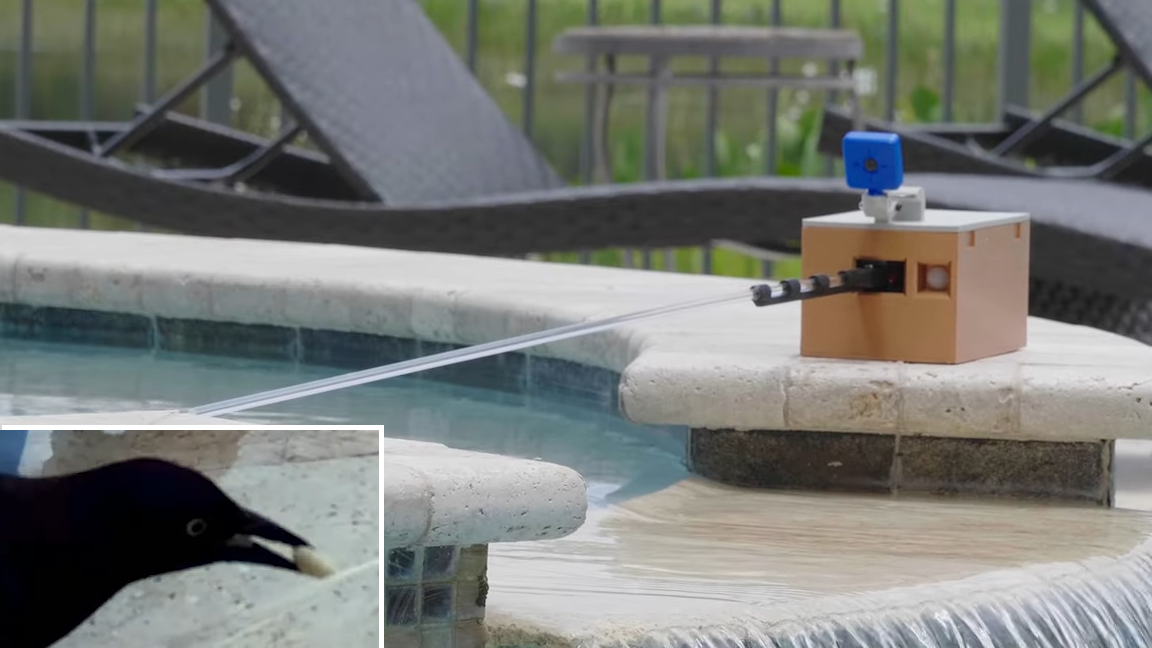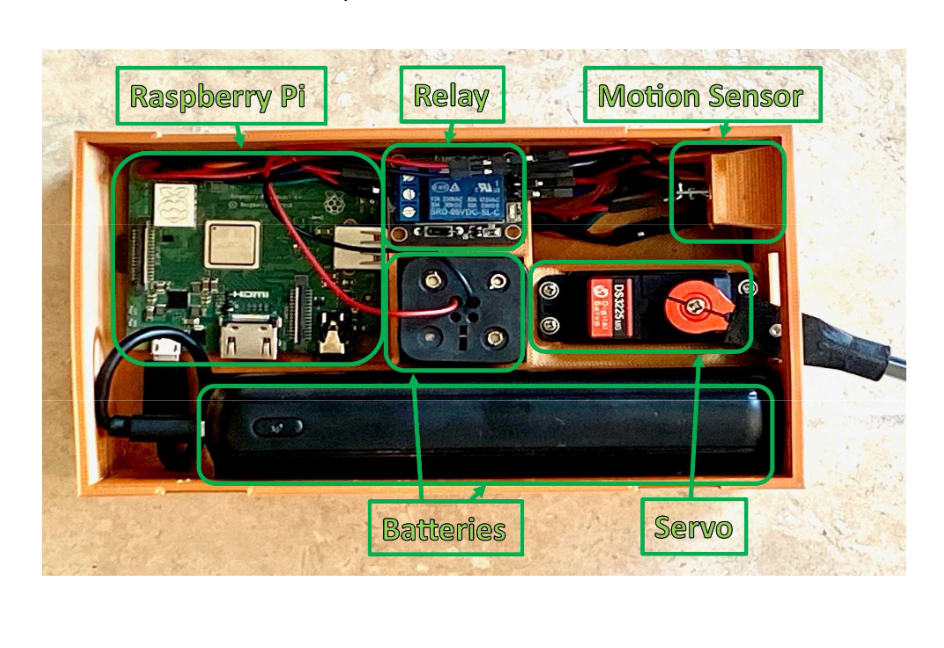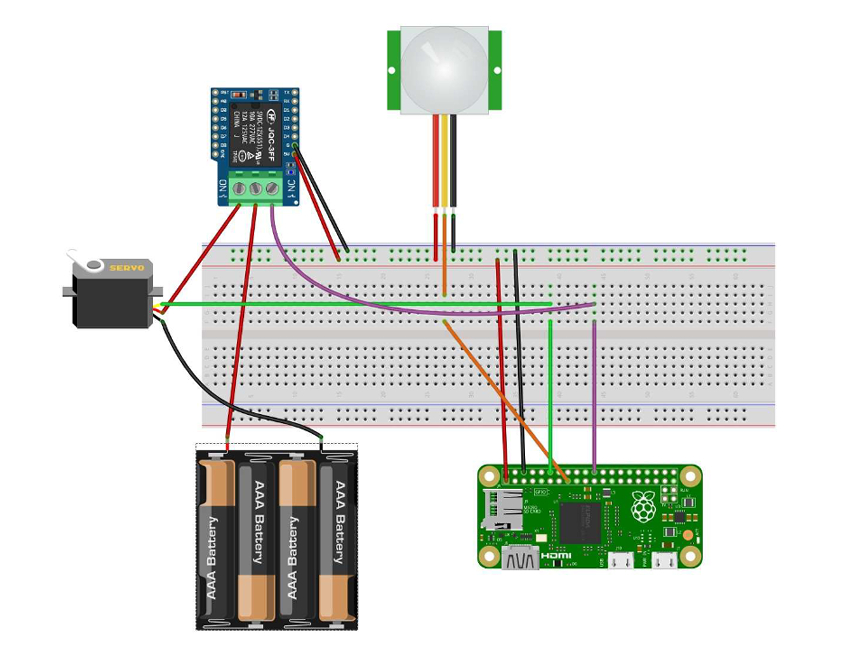
Outdoor pools can sometimes come with unwanted outdoor guests. A hobbyist has found a great way to safely shoo his unwanted visitors away and keep them at bay for good. Today we’re sharing a creation put together by a maker and developer who goes by DevMiser that does just that. His Raspberry Pi-powered bird sweeper scares away birds who land within its proximity in a way that doesn’t hurt them but also discourages them from coming back in the future.
The project is completely mobile as it’s battery powered so you don’t need to operate it near an outlet. It detects when a bird or critter is nearby using a motion sensor that activates a small dowel rod to wave back and forth. This sweeps away the unwanted guest but doesn’t hurt them. Even if they were to get close to the stick, it’s very small and only powered by a servo so it’s not bludgeoning everything in its path.


Everything for the project was built from scratch by DevMiser. It features 3D-printed housing to protect all of the hardware from the outdoor elements optimized just for the components used in this project. There are also optional features you can include that aren’t necessary for it to function but are interesting nonetheless like a camera module that lets you track what sort of visitor is stopping by.
DevMiser was kind enough to share a complete parts list for the project for anyone interested in making their own. DevMiser is using a Raspberry Pi 3 A+ module to drive the unit. It’s connected to a servo motor, a relay, a PIR motion sensor and uses a 24800 mAh power bank. The 3D-printable STL files are available at GitHub for anyone to download, as well.
The software for the project is completely open source and written primarily in Python. It’s also provided on the project GitHub page. There you can check it out to see how it works and also download it to test out first hand. To recreate this Raspberry Pi project, visit the Bird Sweeper project details at GitHub to find not only the source code but also a full list of instructions on how to build it. This is in the form of a PDF file rather than a project description.







